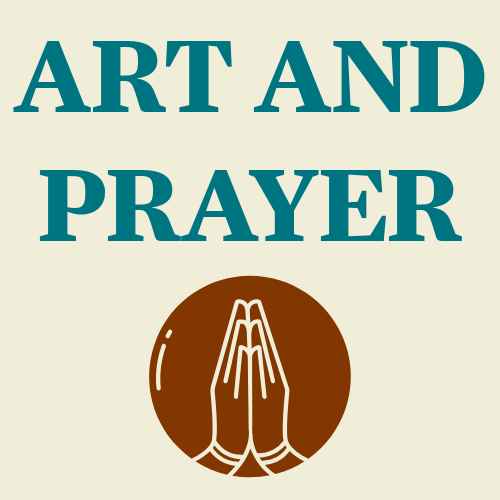Praying with "Christ Pantocrator" from Saint Catherine's Monastery in Sinai
What might the face of Christ reveal to you in silence? Rev. Rob McPherson reflects on the ancient icon Christ Pantocrator from St. Catherine’s Monastery, exploring its asymmetry and mystery. Philippians 2:5-11 frames this time of contemplative prayer, inviting viewers to encounter Christ in a deeply personal way.
Philippians 2:5-11
In this episode of Art and Prayer, Pastor Rob is joined by Father Peter Bistolarides, presiding priest at Assumption Greek Orthodox Church in Grand Blanc, Michigan, for an in-depth look at one of the most treasured images in Christian tradition—the Icon of Christ from St. Catherine’s Monastery in Sinai. Father Peter describes icons as “visual theology,” a sacred art form that communicates the gospel to the eyes as Scripture does to the ears. Long before widespread literacy, these holy images offered believers a way to see and remember the life and teachings of Christ—from the Nativity to the Sermon on the Mount—and to encounter spiritual truth in a way that transcends words.
Father Peter explains that the creation of an icon is not an act of personal artistic expression, but a disciplined and prayerful process rooted in centuries-old tradition. Every detail—from the dark-to-light layering of color symbolizing the journey from sin to salvation, to the enlarged eyes that speak of divine perception—serves a theological purpose. Icons reveal Christ’s humanity and divinity together, inviting the viewer to see the world as transfigured by God’s presence. More than a religious picture, an icon is a window into heaven, a place where prayer meets the living Christ.
Guided by Philippians 2:5–11, Pastor Rob invites viewers into a time of prayer and contemplation. The passage’s vision of Christ—emptying himself, taking on human form, humbling himself in obedience, and then being exalted—provides a lens for gazing upon the icon. Viewers are prompted to notice how the image reflects both Christ’s divine glory and his human vulnerability, to attend to what Christ might be saying in the silence, and to allow the Spirit to carry prayers beyond words.
The episode closes with Father Peter’s encouragement to integrate icons into personal devotion—not as objects of worship, but as aids to focus the heart on God. Just as a rosary guides prayer in Western traditions, icons can anchor stillness and deepen awareness of Christ’s presence. Through this sacred art, we are reminded that prayer is not limited to speech; sometimes, it is simply being still before the One who sees and knows us fully.





